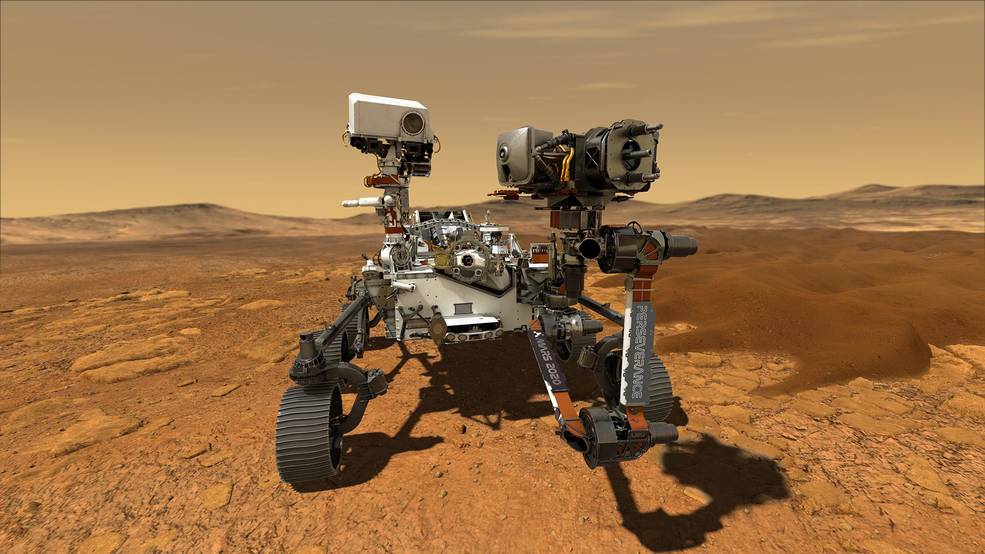
China began its first interplanetary mission to Mars as a Long March-5 rocket, its largest launch vehicle carrying its Tianwen-1 probe, successfully lifts off Thursday, state-run Xinhua News Agency reports.
The Chinese launch rocket blasted off from the country’s Wenchang Spacecraft Launchpad in the southern island province of Hainan at 12:41 p.m. (Beijing Time) on July 23.
The Tianwen-1 Mars mission, if everything goes as planned, will take a seven-month journey before reaching the red planet in February 2021.
China’s first mission is named Tianwen-1 or ‘Questions to Heaven’ which comes from a poem written by Chinese poet Qu Yuan.
According to the China National Space Administration, the Tianwen-1 probe’s name symbolizes China’s perseverance in pursuing truth and science and exploring nature and the universe.
Tianwen-1 spacecraft’s mission details
The Tianwen-1 probe is composed of an orbiter, a lander, and a rover.
The spacecraft will cruise for several months until it reaches a Mars orbit position before spending at least two to three months surveying possible landing sites with the use of installed high-resolution cameras in preparation for a potential difficult landing.
The most crucial part of the mission, which will likely determine its initial success, is to achieve a soft landing which will only take seven to eight minutes.

If everything goes as planned, the Chinese Mars mission rover, which is about the size of a tiny car, will land as scheduled in May 2021 in a flat portion in the Utopia Planitia region.
The orbiter, with a design life of one Martian year or 687 Earth days, will circle the planet to continue gathering data from above and relay communications for the rover.
The six-wheeled Chinese Mars rover, with an expected lifespan of at least 90 days, will explore the Martian terrain in search of evidence for water and ice.
Other tasks for the Mars mission rover and orbiter, according to the CNSA, include:
- mapping the morphology and geological structure
- investigating surface soil characteristics and water-ice distribution
- analyzing the surface material composition
- measuring the ionosphere and characteristics of the Martian climate and environment
- understanding the electromagnetic and gravitational fields of the surface plane
Mars mission takes advantage of launch window
After the successful launch of the United Arab Emirates’ Mars orbiter called Amal or Hope last Monday (July 20), the United States’ National Aeronautics and Space Administration or NASA will also launch its Perseverance rover on July 30 from Cape Canaveral, Florida.
NASA’s Perseverance rover mission will be carrying a helicopter component called Ingenuity which plans to fly across the red planet’s surface.

The three Martian missions are taking advantage of a launch window which only opens every 26 months where the Earth and Mars are aligned on the same side as the sun.
Earth is at its closest point to Mars in late July at around 58 million kilometers. Sending a Martian probe during the launch window will mean the journey will require less rocket fuel and time.
The successful Tianwen-1 probe Mars mission is already a feat for a latecomer in planetary exploration like China. Chinese space engineers were able to successfully send two Chang’e Yutu lunar rovers where one rover was able to make the first-ever soft landing on the far side of the Moon in 2019.
However, red planet exploration is a different arena where only 50 percent of the more than 40 Mars missions so far have been successful.
To date, only the US, the Soviet Union, the European Space Agency, and India were able to successfully send spacecraft to enter Mars’ orbit.
Read More: UAE’s Mars mission probe launches in Japan


